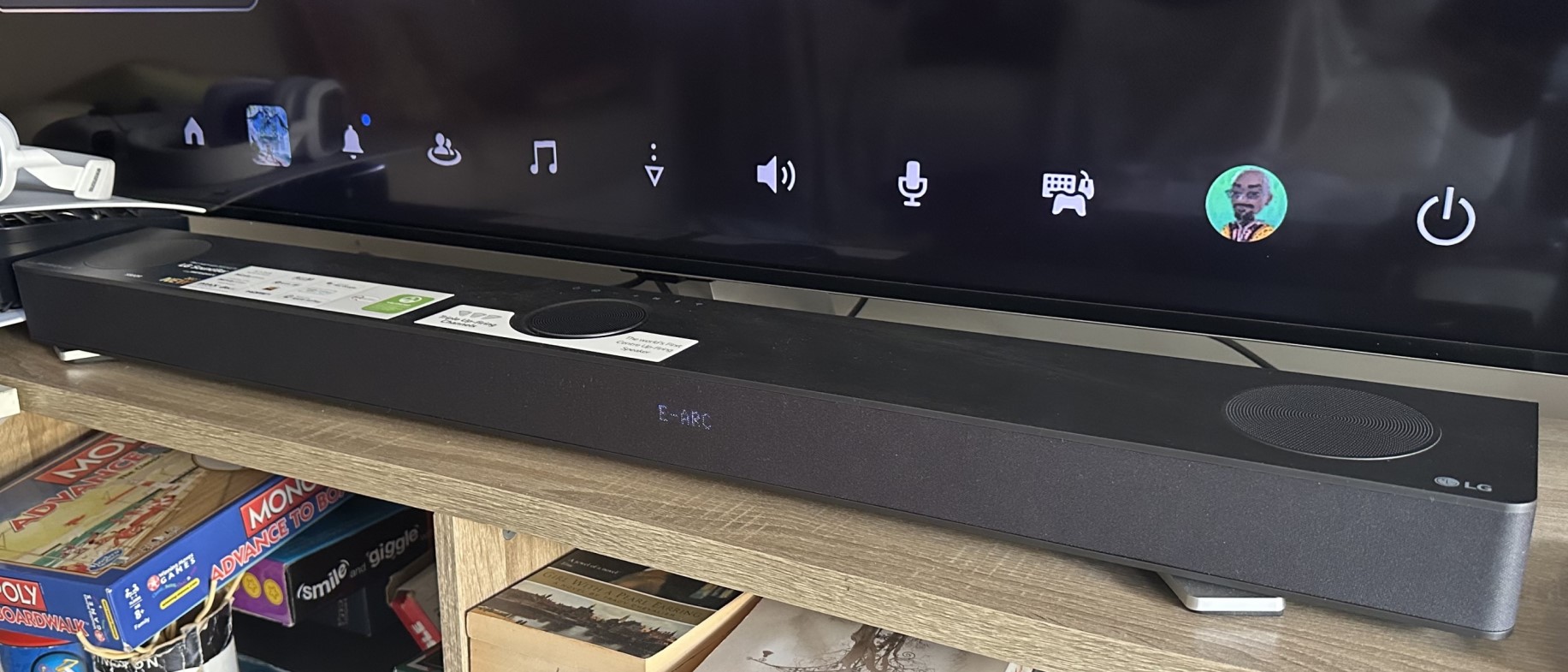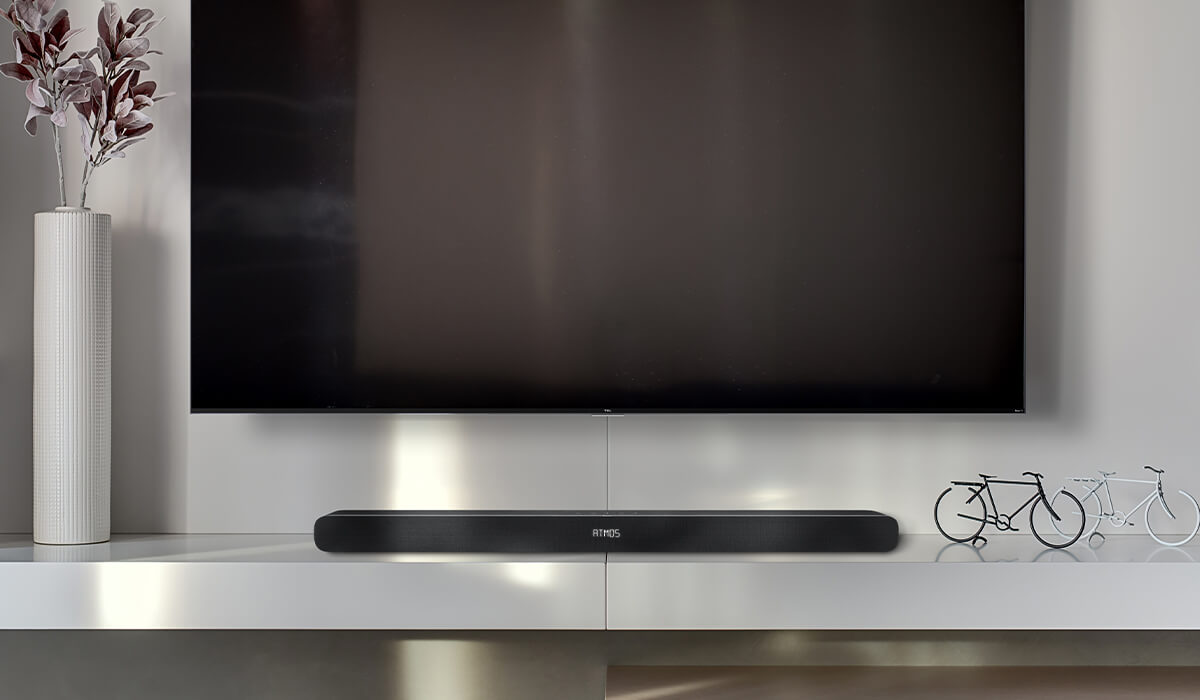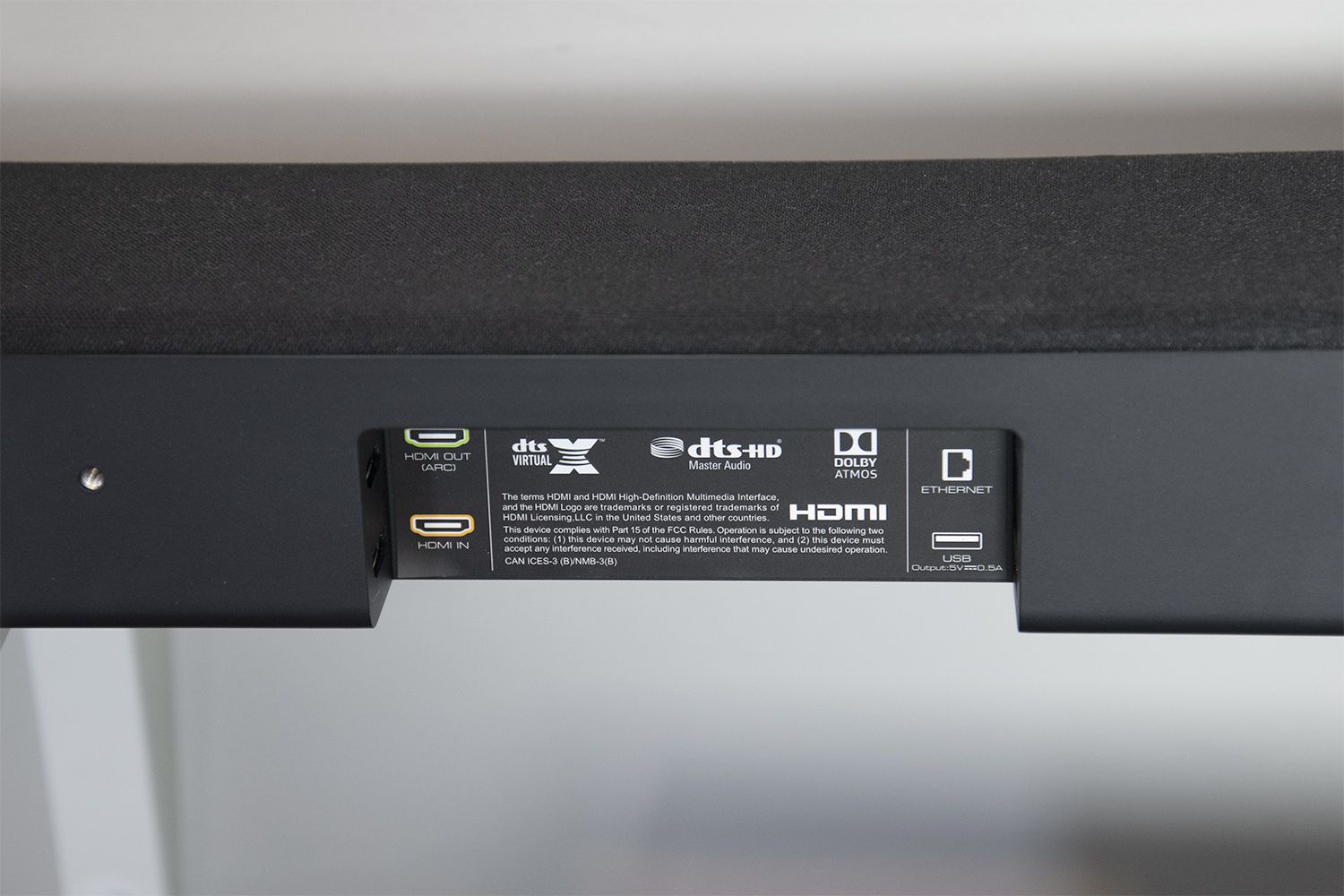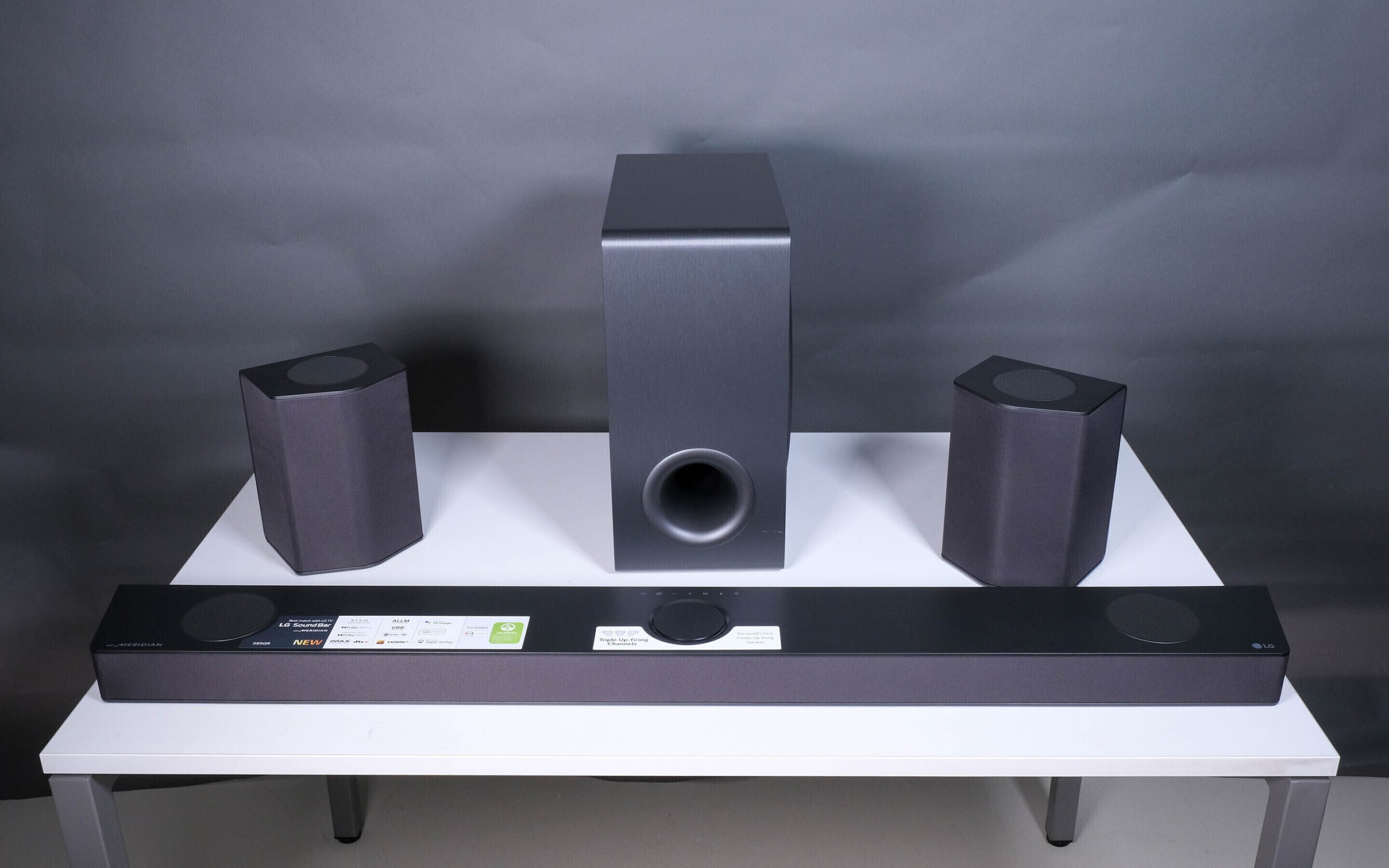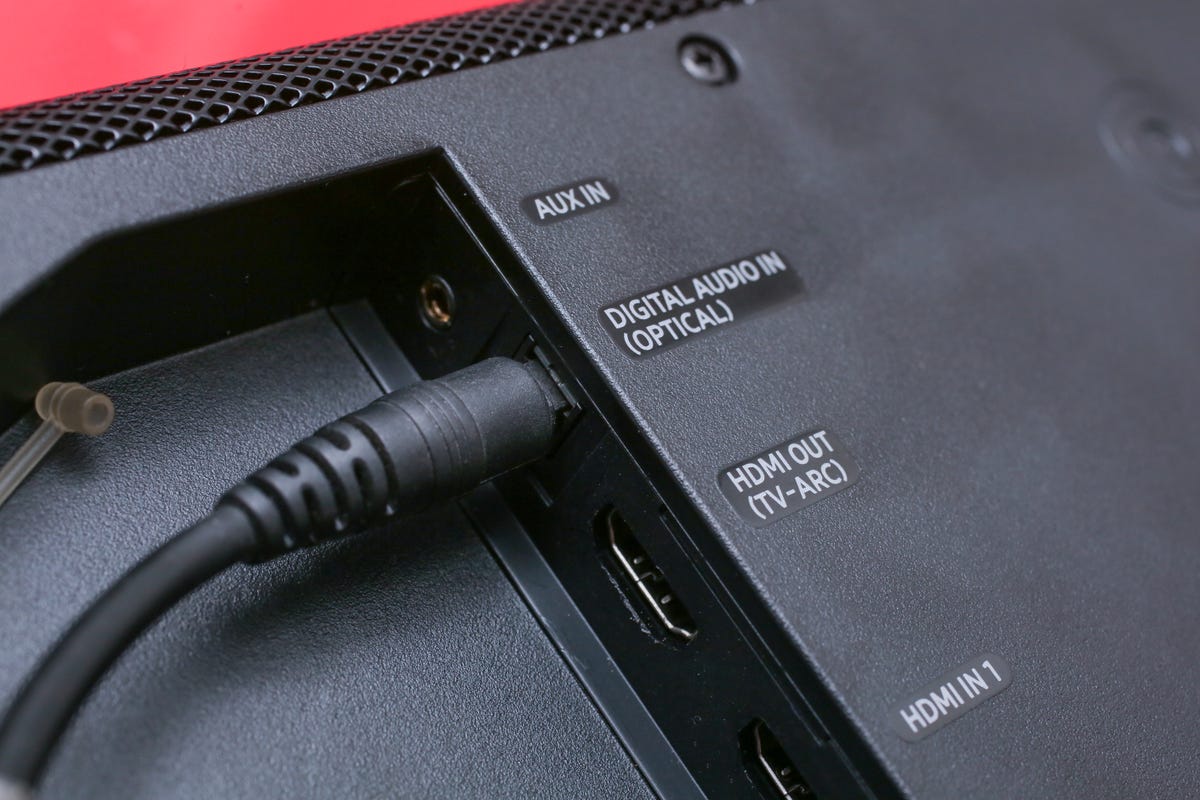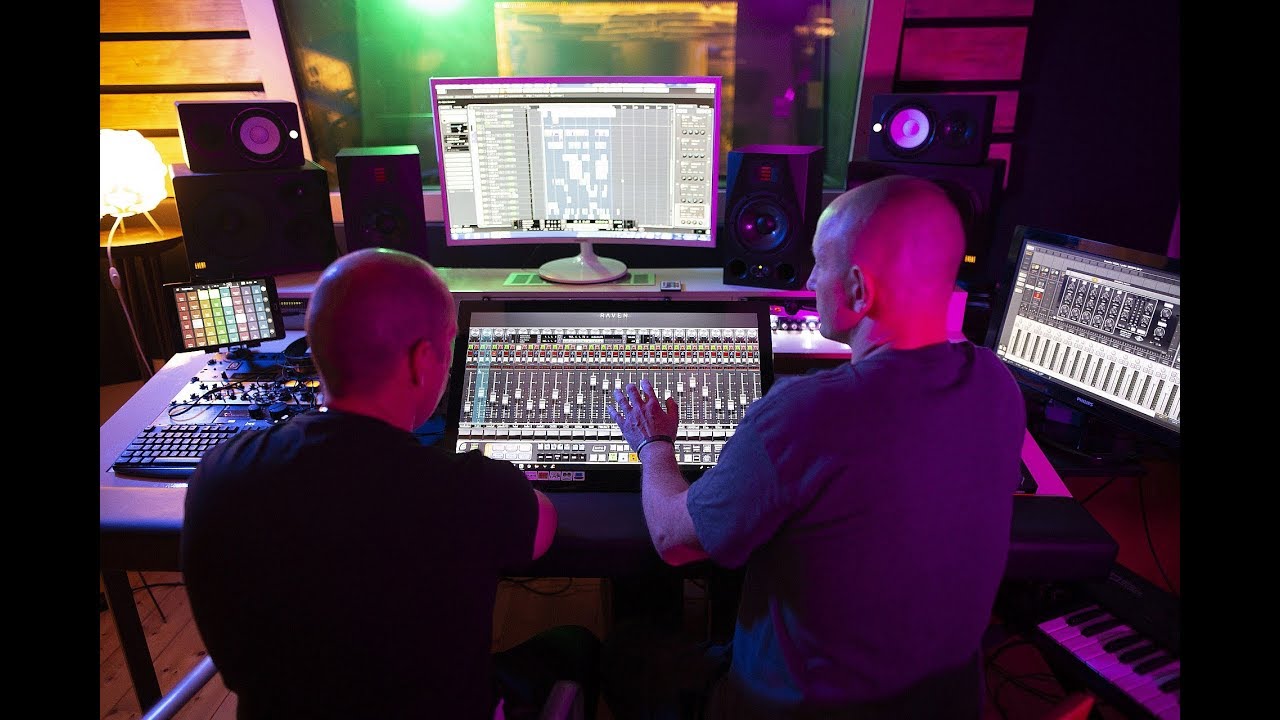Home>Production & Technology>Sound Bar>How Do I Make Chromecast Go Through Sound Bar
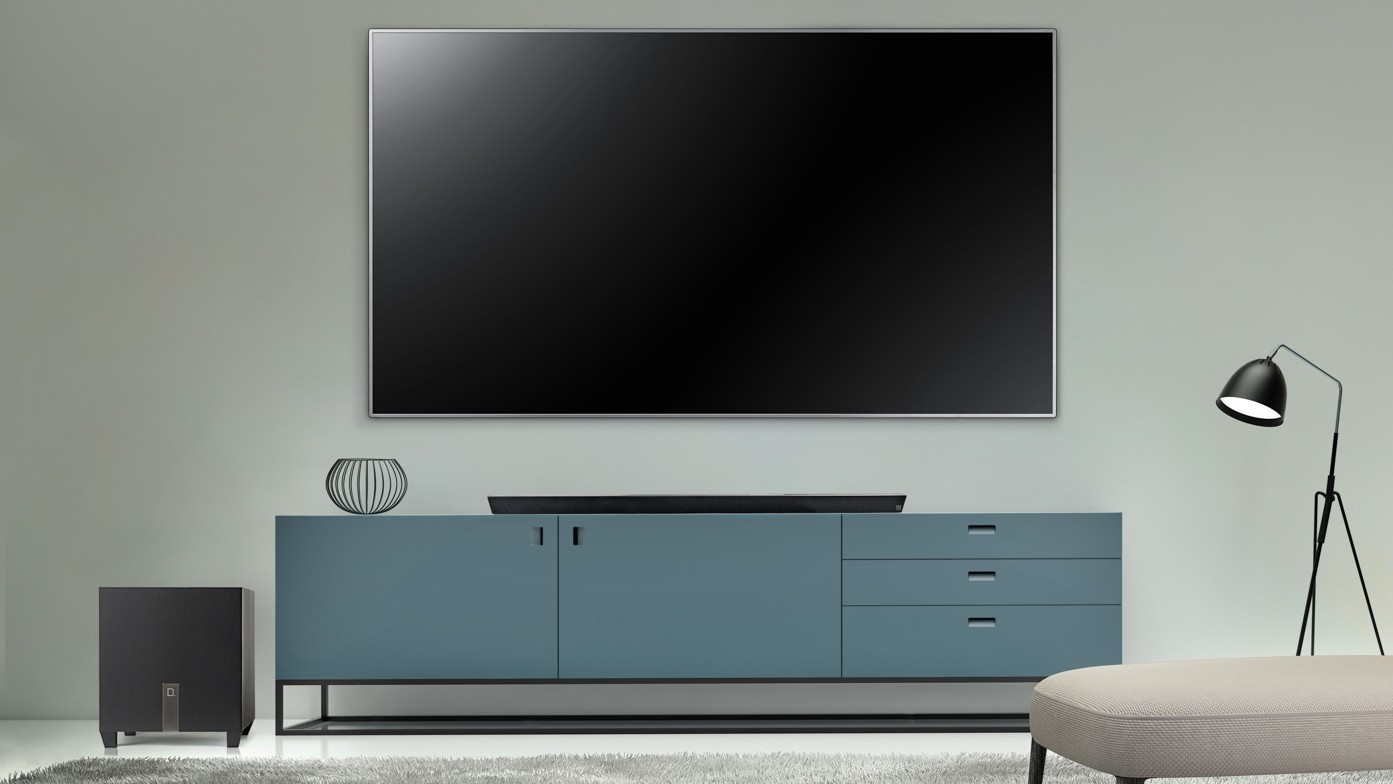

Sound Bar
How Do I Make Chromecast Go Through Sound Bar
Modified: January 22, 2024
Learn how to make your Chromecast go through a sound bar for enhanced audio experience. Follow our step-by-step guide to connect your Sound Bar and enjoy immersive sound while streaming.
(Many of the links in this article redirect to a specific reviewed product. Your purchase of these products through affiliate links helps to generate commission for AudioLover.com, at no extra cost. Learn more)
Table of Contents
Introduction
Welcome to the world of immersive sound and entertainment! Sound bars have become increasingly popular in recent years, revolutionizing the way we experience audio at home. These sleek and stylish devices are designed to enhance the audio quality of your TV and create a cinematic experience in your living room.
One common question that arises when setting up a sound bar is how to connect a Chromecast device to it. Chromecast, a media streaming device created by Google, allows you to stream your favorite movies, TV shows, and music from various platforms directly to your TV. By combining Chromecast with a sound bar, you can take your audio experience to new heights.
Whether you’re a cinephile, a music lover, or a casual viewer, understanding how to make Chromecast go through a sound bar is essential for maximizing your entertainment setup. In this article, we’ll guide you through the process of connecting and configuring your Chromecast to work seamlessly with your sound bar.
First, though, let’s take a closer look at Chromecast and sound bars to gain a better understanding of how they work together.
Understanding Chromecast and Sound Bars
Before we dive into the specifics of connecting a Chromecast device to a sound bar, let’s start by understanding the functionality of both.
Chromecast is a media streaming device that enables you to cast or mirror content from your smartphone, tablet, or computer to your TV. It uses your home Wi-Fi network to connect to the internet and stream media from popular apps like Netflix, YouTube, Spotify, and more. With Chromecast, you can enjoy a wide range of digital content on the big screen.
On the other hand, a sound bar is a compact speaker system designed to enhance your TV’s audio quality. It consists of multiple integrated speakers that work together to create a surround sound effect, providing a more immersive audio experience compared to the built-in speakers of your TV. Many sound bars also come with additional features like Bluetooth connectivity and subwoofers for a deep and powerful bass.
When you connect a Chromecast device to a sound bar, you can enjoy the benefits of both technologies. The sound bar will enhance the audio quality of the content streamed through your Chromecast, giving you a richer and more vibrant sound experience.
Now that you have a basic understanding of Chromecast and sound bars, it’s time to learn how to connect them and optimize their settings to ensure a seamless audiovisual experience.
Connecting Chromecast to a Sound Bar
Connecting your Chromecast to a sound bar is a straightforward process that requires a few simple steps. Here’s how you can do it:
- First, locate the HDMI input and output ports on both your sound bar and your TV. Most sound bars have an HDMI input and output labeled as “IN” and “OUT” respectively. Make sure you have an available HDMI port on both devices.
- Connect one end of an HDMI cable to the HDMI output port on your Chromecast device and the other end to the HDMI input port on your sound bar. This will allow the audio from the Chromecast to pass through the sound bar.
- Connect another HDMI cable from the HDMI output port on your sound bar to the HDMI input port on your TV. This will send the video signal from the Chromecast to your TV.
- Power on your TV, sound bar, and Chromecast device. Make sure all devices are set to the correct input source for HDMI.
- On your TV, navigate to the HDMI input where your Chromecast is connected. You should see the Chromecast setup screen on your TV.
- Follow the on-screen instructions to complete the Chromecast setup process, including connecting your Chromecast to your home Wi-Fi network.
Once the setup is complete, your Chromecast will be connected to your sound bar, and you can start streaming your favorite content with enhanced audio quality.
It’s worth noting that some sound bars also support optical audio or 3.5mm AUX inputs. If your sound bar has these alternative input options, you can connect your Chromecast using an optical cable or a 3.5mm AUX cable. Simply connect one end of the cable to the corresponding audio output port on the Chromecast and the other end to the corresponding audio input port on the sound bar.
By following these steps, you can easily connect your Chromecast to a sound bar and begin enjoying a more immersive audio experience with your favorite movies, TV shows, and music.
Configuring Chromecast Audio Output
Once you have successfully connected your Chromecast to your sound bar, it’s important to configure the audio output settings to ensure optimal performance. Here are a few steps you can take to configure Chromecast audio output:
- Open the Google Home app on your smartphone or tablet. This is the same app you used during the initial Chromecast setup process.
- Tap on the Chromecast device you want to configure.
- Tap on the gear icon or the three-dot menu at the top right corner to access the device settings.
- Scroll down and find the “Audio” section. Tap on it to view the audio settings for your Chromecast.
- Under the audio settings, you can adjust the volume level, enable or disable audio feedback sounds, and choose the audio output format. Select the appropriate output format that is supported by your sound bar.
- If you have multiple Chromecast devices or speakers connected to your network, you can create speaker groups to have synchronized audio playback across multiple devices. This is ideal if you have additional speakers or sound bars set up in different rooms.
- Once you have configured the audio settings, hit the “Save” or “Apply” button to save the changes.
It’s important to note that the exact steps and options may vary slightly depending on the version of the Google Home app and the Chromecast firmware. However, the general process and options should be similar across different versions.
By configuring the audio output settings, you can fine-tune the sound quality and ensure that the audio is routed correctly through your sound bar. This will help you achieve the best possible audio experience while using Chromecast.
Now that you have successfully connected and configured your Chromecast to work with your sound bar, let’s address some common issues that you may encounter and how to troubleshoot them.
Troubleshooting Common Issues
While connecting and configuring your Chromecast with a sound bar is usually a straightforward process, you may encounter some common issues along the way. Here are a few troubleshooting tips to help resolve these issues:
- No audio or distorted sound: If you’re not hearing any audio or the sound is distorted, check the HDMI cables to ensure they are securely connected to both the Chromecast and the sound bar. Also, confirm that the sound bar is set to the correct input source.
- Audio lag: If you notice a delay between the video and audio playback, it may indicate an audio lag issue. In this case, try connecting your Chromecast directly to the HDMI input of your TV and use the TV’s audio output to connect to the sound bar. This bypasses any potential audio processing delay in the sound bar.
- No video signal: If you’re not getting any video signal on your TV, make sure that all the HDMI cables are properly connected and that the TV is set to the correct input source where the Chromecast is connected.
- Compatibility issues: If you’re experiencing compatibility issues between your Chromecast and your sound bar, check for any firmware updates for both devices. Updating the firmware can often resolve compatibility issues and improve overall performance.
- Volume control: If the volume control on your TV remote does not adjust the sound level on the sound bar, check if your sound bar has a separate volume control. Some sound bars have their own remote or physical buttons to control the volume.
- Network connectivity: If you’re having trouble connecting your Chromecast to your Wi-Fi network, ensure that your Wi-Fi signal is strong and stable. You may also try restarting your router and Chromecast to resolve any connectivity issues.
If you’re still experiencing issues after trying these troubleshooting steps, consult the user manuals of your Chromecast and sound bar for further guidance. Additionally, you can reach out to the manufacturer’s customer support for assistance.
By troubleshooting and addressing common issues, you can ensure a smooth and uninterrupted experience while using Chromecast with your sound bar.
Conclusion
Congratulations! You’ve learned how to connect and configure your Chromecast with a sound bar, elevating your audio experience to new heights. By following the simple steps outlined in this article, you can enjoy immersive sound while streaming your favorite movies, TV shows, and music.
Remember to connect your Chromecast to the HDMI input and output ports of your sound bar and then connect the sound bar to your TV. This allows the audio to pass through the sound bar, enhancing the audio quality of your content.
After connecting your devices, be sure to configure the audio output settings using the Google Home app. Adjust the volume, enable audio feedback sounds, and select the appropriate audio output format supported by your sound bar.
If you encounter any issues along the way, such as no audio, audio lag, or compatibility issues, refer to the troubleshooting section for guidance. Try checking the connections, updating firmware, or adjusting network settings to resolve these common issues.
With Chromecast and a sound bar, you can create a home theater experience right in your living room. Immerse yourself in high-quality audio as you stream your favorite content, whether it’s the latest blockbuster movie or a playlist of your favorite songs.
Now, go ahead and set up your Chromecast with your sound bar, adjust the audio settings, and enjoy a truly immersive sound experience. Sit back, relax, and let the combination of Chromecast and your sound bar transport you to a whole new level of entertainment.

